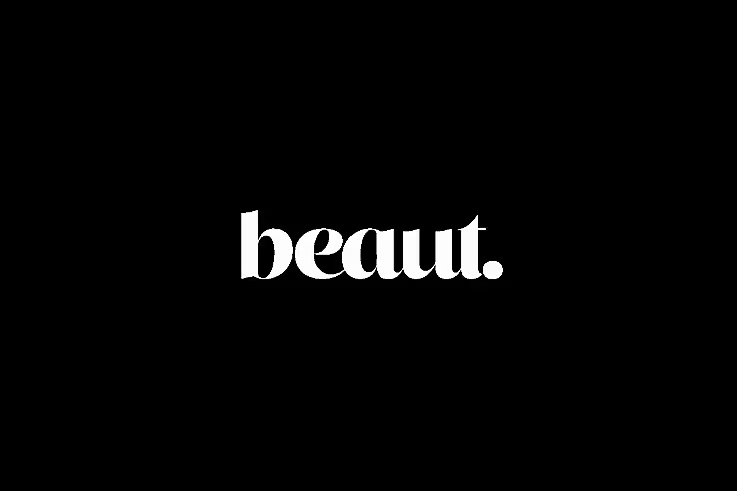
The Skin Nerd Jennifer Rock explains the difference between traditional face masks and sheet masks, and why either one may be the best option for you
I simultaneously think there is no school like the old school and that there is very much a space for newer technologies and modalities when it comes to skincare. My home skincare toolkit contains jade stone which is literally something that has been used on the skin since ancient times and a facial faradic machine that tones my face using electrical muscle stimulation – take what you will from that.
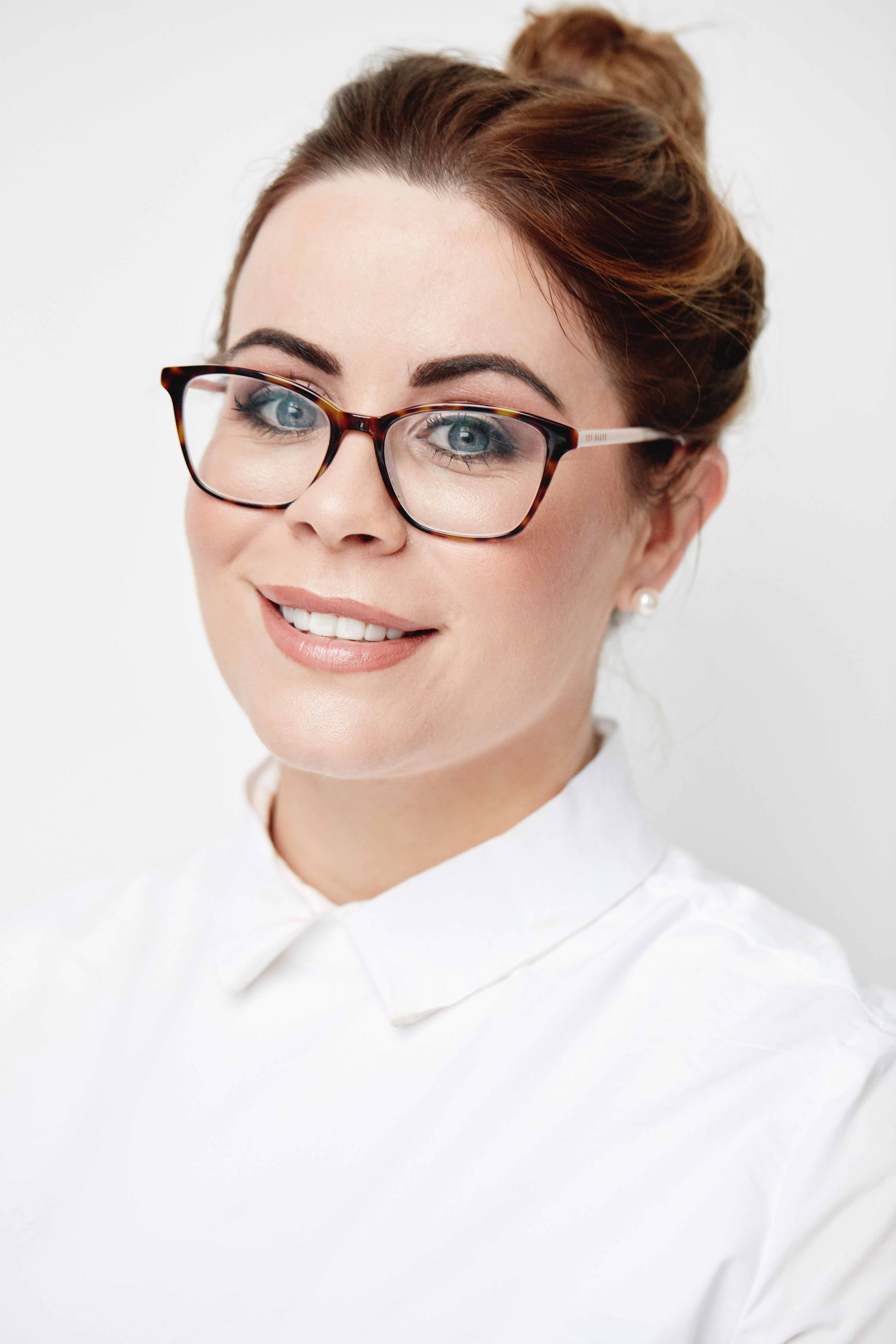
Masks (or masques, as I usually prefer) are a skincare product that many can’t live without. Personally, I think the reason that people love them is that there is often an instant visual result and that they necessitate relaxation. Yes, you can go about doing your bits all masked up but it is so much more satisfying to put a mask on with your Netflix Original queued and ready to go. In my opinion, they are an add-on product that can definitely aid in one’s skincare regime but only after they have the basics of a good cleanser, a serum and an SPF.
In this age of choice paralysis, we now have to decide between the traditional mask, from a tub or a tube, or the sheet mask, its hip younger sister who steals its good All Saints leather jacket. I personally refuse to choose and thus use both but I am bananas for skincare and some want to keep shelf space for other things.
Sheet Masks
The ingredients found in sheet masks and traditional face masks, depending on concern, are primarily the same. You’ll find vitamin C in many brightening cream masks AND in brightening sheet masks. There’ll be tea tree oil and salicylic acid in both the tube and sheet version of a congestion-geared mask and so on and so forth.
Sheet masks, however, do two things that traditional masks often don’t.
They may contain higher amounts of penetrant enhancers like butylene glycol, linalool and propylene glycol. This is to deliver the rest of the ingredients to the skin as quickly as possible and in as high a dosage as possible. Penetrant enhancers essentially temporarily decrease the skin’s barrier function to let ingredients through.
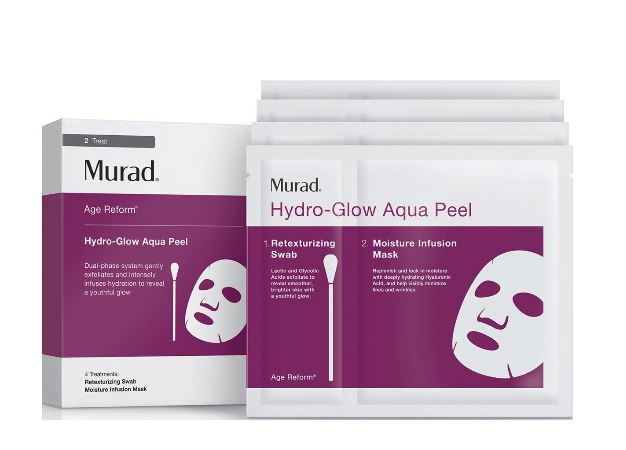
Murad Hydro-Glow Aqua Peel €49.99
Is this a good thing? It depends on the other ingredients in the sheet mask. If it contains prime active ingredients like salicylic acid or hyaluronic acid, which need to penetrate into the skin to be at their most effective, I see it as a good thing. An example of this is in the Murad Hydro Glow Aqua Peel whose Moisture Infusion Mask is full of niacinamide and hyaluronic acid, or the Seoulista Super Hydration Instant Sheet Mask which is also packed with hyaluronic acid. If it is filled with random rubbish, you probably don’t want those ingredients to get further into your skin.
They are not the best for sensitive skin due to this penetrant enhancement. Stick to something with non-irritating ingredients (ie. No penetrant enhancers, no alcohol, no fragrance) if you are sensitive and shopping for a sheet mask, like the IMAGE I-MASK Biomolecular Anti-Aging Radiance Mask.
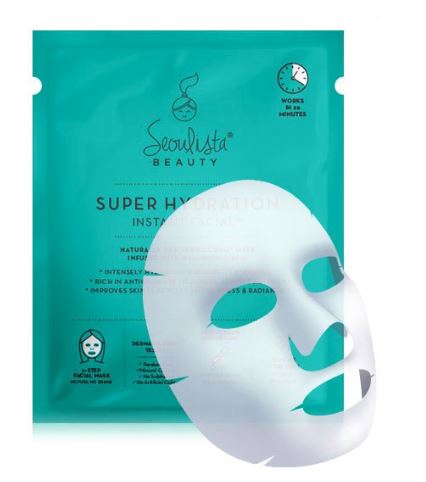
Advertised
Seoulista Super Hydration Instant Facial €8.99
They also are occlusive, meaning they lock the serum onto your face so that your skin has no choice but to suck it up. Okay, this isn’t 100% the explanation, but it is close. The physical sheet stops the ingredients from evaporating up off of your face so that you get max ingredients on there.
Where do traditional masks triumph?
I love a clay masque and I’m sceptical of a clay sheet mask. The traditional clay masque is untouchable in my opinion. Clay masques are particularly beneficial when they are combined with ingredients that cater to different concerns. The Image Clear Cell Masque combines clay which naturally draws out plugs in your pores with salicylic acid and glycolic acid to deep cleanse the face. The Gallinée La Culture Face Mask (and Scrub, but I ignore that part) is a probiotic clay masque that also contains sea minerals, vitamin E and lactic acid so it is ideal for anti-ageing, for congested skin and for hydration.
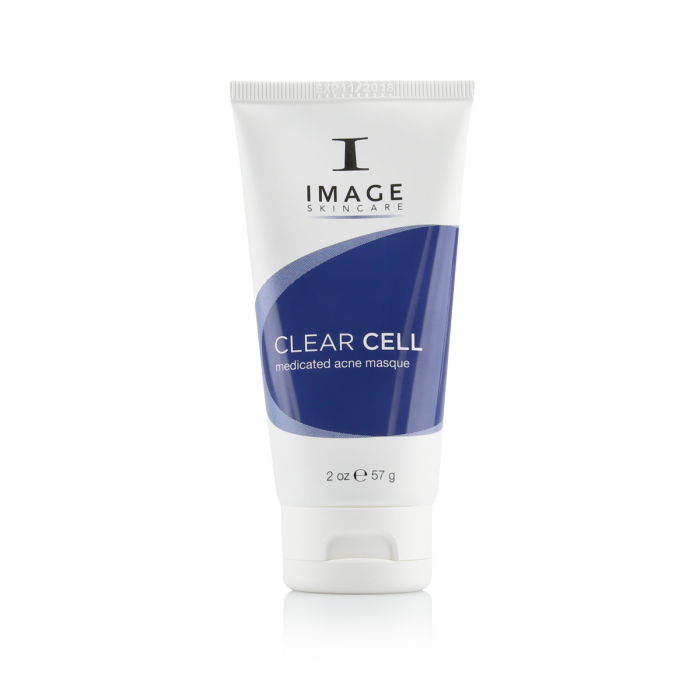
You also can’t sleep in a sheet mask. Now, not all traditional masques are meant to be used overnight (seriously, do not slap on a 10% glycolic mask and leave it on all night – you will be at the very least raw). However, I find overnight masques so beneficial, especially the hydration kind such as the IMAGE Vital C Hydrating Overnight Masque or Yon-ka Masque No˚1. A sheet mask would need to have a chin strap, ear hooks and a head piece to even remotely be slept in – if someone invents it, I’m sold though.

Gallinée La Culture Face Mask €20.95
Should I buy a sheet mask or a traditional mask?
It depends on the ingredients and the concern, really and truly. Some believe that sheet masks are better bang for your buck as you can get very cheap ones, especially some of the Korean brands like TonyMoly and Skin79. Others think that per use, traditional masks come out on top price wise.
Sheet masks, seeing as they may work quicker, are ideal if you’re in a rush and want a nice, hydrated makeup base before an event or a night out. Slap on a hyaluronic one while doing your hair and make sure to pat in the excess serum after.
I find traditional masks best for when you perhaps have a bit more time and can go through the rigmarole of the slightly messier application and removal.
Advertised
In the end, now that you’re informed, it’s down to personal preference.



